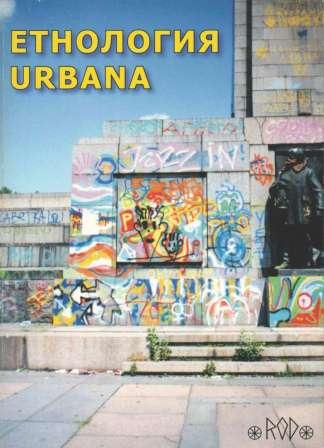Градската среда на възрожденския Самоков
Town environment in Samokov during the Nacional revival
Author(s): Nevena MitrevaSubject(s): Anthropology
Published by: Асоциация за антропология, етнология и фолклористика ОНГЬЛ
Summary/Abstract: The investigation of the town environment in Samokov in the XIXth century and its changes after the Liberation was based on Ottoman – Turkish documents, chronicles and travel notes, on plenty of photos and oral evidence gathered for this purpose. In the XVIIIth and XIXth centuries Samokov became one of the most important centres of the Bulgarian Revival with the emblematic presence of its enlighteners and teachers such as: Konstantin Fotinov, Nikola Karastoyanov etc. The town was famous for its talented icon – painters, who brought about the last flourishing state of Byzantine art on the Balkans. The population of Samokov – between 10 000 and 15 000 people, was multinational: 2/3 Bulgarians, Turks, Jews, Romany as well as separate representatives of the Balkan ethnic groups: Aromani, Albanians, Armenians. In 1870 some American Protestant missionaries arrived here to complement this colourful picture. The separate ethnic groups inhabited different quarters and the market appeared to be the common area – an industrial and commercial centre. In the investigation were localized and described the quarters (districts) as well as the various buildings: thirteen mosques, five churches, two synagogues, the Evangelic church and the American college, the Orthodox School of Theology. During the Revival Samokov was a typical Ottoman town. Situated on the right bank of the river Iskar, in the fl at Samokov field (950m. above the sea level) it was sparsely populated. By the middle of the XIXth century it had been surrounded by a moat and walls and the town gates were closed at night. The main streets were cobbled and there were also pavements. Numerous streams drained the sewage water away from the houses. There was running water inside and it came from the river along wooden pipes. The description of a Samokov home was restricted to its exterior without researching into the architecture types. One of its distinctive features was the khamam – the bathroom, which was not to be found in any of the Revival towns inhabited by pure Bulgarian population.
Journal: Годишник на Асоциация за антропология, етнология и фолклористика »Онгъл«
- Issue Year: 2005
- Issue No: Special
- Page Range: 143-177
- Page Count: 35
- Language: Bulgarian
- Content File-PDF

